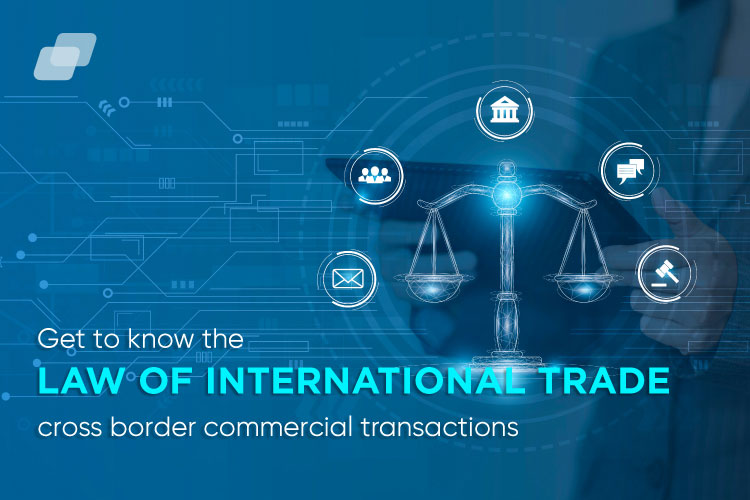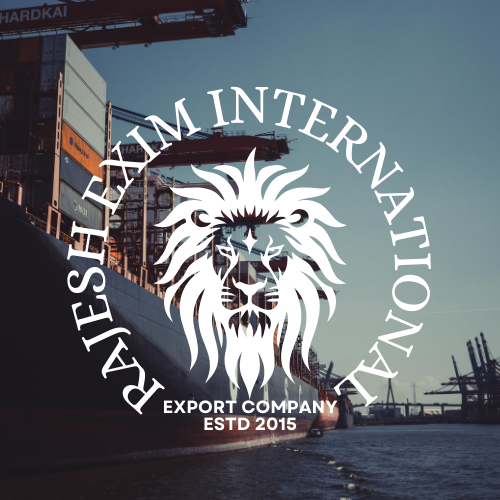. Introduction
A. Definition of International Trade Regulations B. Importance of Understanding Trade Regulations
II. Key Components of International Trade Regulations
A. Tariffs and Duties 1. Explanation of Tariffs 2. Impact on International Trade B. Non-Tariff Barriers 1. Types and Examples 2. Significance in Global Commerce
III. International Trade Organizations
A. Overview of WTO 1. Mission and Objectives 2. Role in Regulating Trade B. Regional Trade Agreements 1. Examples and Benefits 2. Challenges in Implementation
IV. Compliance and Documentation
A. Navigating Regulatory Compliance 1. Importance for Businesses 2. Common Compliance Challenges B. Essential Trade Documents 1. Bill of Lading 2. Certificate of Origin
V. Trade Policies and Strategies
A. Understanding National Trade Policies 1. Impact on Businesses 2. Adapting to Policy Changes B. Developing Effective Trade Strategies 1. Market Research and Analysis 2. Building Strong Partnerships
VI. Case Studies
A. Real-world Examples of Trade Regulation Impact 1. Positive Outcomes 2. Challenges Faced by Businesses
VII. Future Trends in International Trade Regulations
A. Technological Advancements 1. Digitalization of Trade Processes 2. Blockchain and its Role B. Environmental Considerations 1. Sustainable Practices in Trade 2. Regulations Addressing Climate Impact
VIII. Challenges and Controversies
A. Disputes in International Trade Regulations 1. Common Dispute Areas 2. Resolution Mechanisms
IX. Tips for Businesses
A. Ensuring Compliance 1. Importance of Legal Counsel 2. Continuous Monitoring and Adaptation
X. Conclusion
cssCopy code
A. Recap of Key Points B. Importance of Staying Informed

Understanding International Trade Regulations
In today’s interconnected global economy, businesses engaged in international trade must navigate a complex web of regulations. From tariffs to compliance documentation, understanding and adapting to international trade regulations is crucial for success. In this article, we’ll explore the key components of these regulations, the role of international trade organizations, the importance of compliance, effective trade strategies, and the future trends shaping the landscape.
I. Introduction
A. Definition of International Trade Regulations
International trade regulations encompass a set of rules governing the movement of goods and services across borders. These regulations are designed to facilitate fair trade, ensure market access, and address various economic, social, and environmental concerns.
B. Importance of Understanding Trade Regulations
Navigating the intricacies of trade regulations is essential for businesses aiming to expand globally. A lack of understanding can lead to unexpected costs, delays, and legal issues. Knowledge empowers businesses to make informed decisions, mitigating risks and maximizing opportunities.
II. Key Components of International Trade Regulations
A. Tariffs and Duties
1. Explanation of Tariffs
Tariffs are taxes imposed on imported or exported goods. Understanding how tariffs work is fundamental to predicting costs and optimizing pricing strategies.
2. Impact on International Trade
Explore how tariffs influence market dynamics, affecting supply chains, consumer prices, and competitiveness.
B. Non-Tariff Barriers
1. Types and Examples
Non-tariff barriers include quotas, licensing requirements, and technical standards. Examine the diverse forms of non-tariff barriers and their impact on trade.
2. Significance in Global Commerce
Discuss the role of non-tariff barriers in protecting domestic industries and the challenges they pose for international businesses.
III. International Trade Organizations
A. Overview of WTO
1. Mission and Objectives
Understand the World Trade Organization’s mission to facilitate global trade, eliminate trade barriers, and foster cooperation among member nations.
2. Role in Regulating Trade
Explore how the WTO sets rules, mediates disputes, and contributes to the development of international trade policies.
B. Regional Trade Agreements
1. Examples and Benefits
Examine regional trade agreements, such as NAFTA and the EU, and their benefits in promoting regional economic integration.
2. Challenges in Implementation
Discuss challenges faced in implementing and harmonizing regulations within regional trade agreements.
IV. Compliance and Documentation
A. Navigating Regulatory Compliance
1. Importance for Businesses
Highlight the significance of compliance in avoiding legal issues, ensuring smooth transactions, and building a trustworthy reputation.
2. Common Compliance Challenges
Address common challenges businesses face in staying compliant and offer strategies for overcoming them.
B. Essential Trade Documents
1. Bill of Lading
Explain the role of the Bill of Lading in documenting and tracking shipments.
2. Certificate of Origin
Discuss the importance of the Certificate of Origin in proving the origin of goods and benefiting from trade agreements.
V. Trade Policies and Strategies
A. Understanding National Trade Policies
1. Impact on Businesses
Explore how national trade policies influence market entry, investment decisions, and overall business strategies.
2. Adapting to Policy Changes
Provide insights on how businesses can adapt to changes in trade policies and regulations.
B. Developing Effective Trade Strategies
1. Market Research and Analysis
Emphasize the importance of thorough market research in developing successful international trade strategies.
2. Building Strong Partnerships
Highlight the role of partnerships in navigating complex international trade environments.
VI. Case Studies
A. Real-world Examples of Trade Regulation Impact
1. Positive Outcomes
Share success stories where businesses effectively navigated trade regulations, resulting in growth and expansion.
2. Challenges Faced by Businesses
Examine cases where businesses encountered difficulties due to inadequate understanding or adaptation to trade regulations.
VII. Future Trends in International Trade Regulations
A. Technological Advancements
1. Digitalization of Trade Processes
Explore how digital technologies are transforming traditional trade processes and enhancing efficiency.
2. Blockchain and its Role
Discuss the role of blockchain in ensuring transparency, security, and traceability in international trade.
B. Environmental Considerations
1. Sustainable Practices in Trade
Highlight the growing importance of sustainable practices in international trade and associated regulations.
2. Regulations Addressing Climate Impact
Discuss emerging regulations aimed at addressing the environmental impact of international trade.
VIII. Challenges and Controversies
A. Disputes in International Trade Regulations
1. Common Dispute Areas
Identify common areas of dispute in international trade and their potential impact on businesses.
2. Resolution Mechanisms
Explore mechanisms and strategies for resolving disputes, such as arbitration and mediation.
IX. Tips for Businesses
A. Ensuring Compliance
1. Importance of Legal Counsel
Advise businesses to seek legal counsel to ensure ongoing compliance with international trade regulations.
2. Continuous Monitoring and Adaptation
Stress the need for businesses to continuously monitor regulatory changes and adapt their strategies accordingly.
X. Conclusion
A. Recap of Key Points
Summarize the key takeaways, emphasizing the importance of understanding and adapting to international trade regulations for global business success.
B. Importance of Staying Informed
Encourage readers to stay informed about evolving trade regulations and seek professional guidance to navigate the complexities successfully.
FAQs
- How do tariffs impact international trade?
- What is the role of the World Trade Organization in regulating global trade?
- Why is compliance with trade regulations crucial for businesses?
- How can businesses adapt to changes in national trade policies?
- What are the future trends shaping international trade regulations?





Add comment